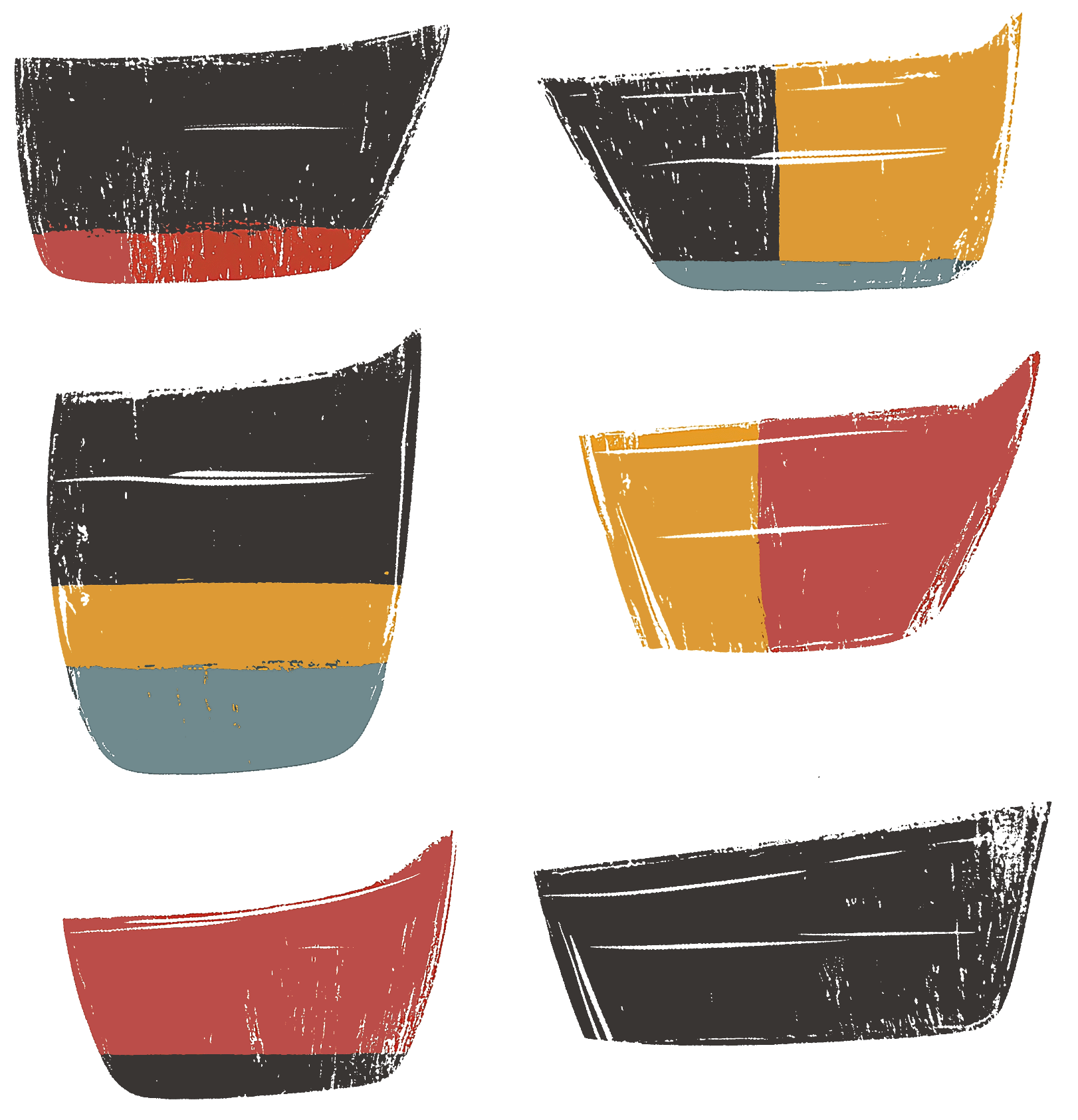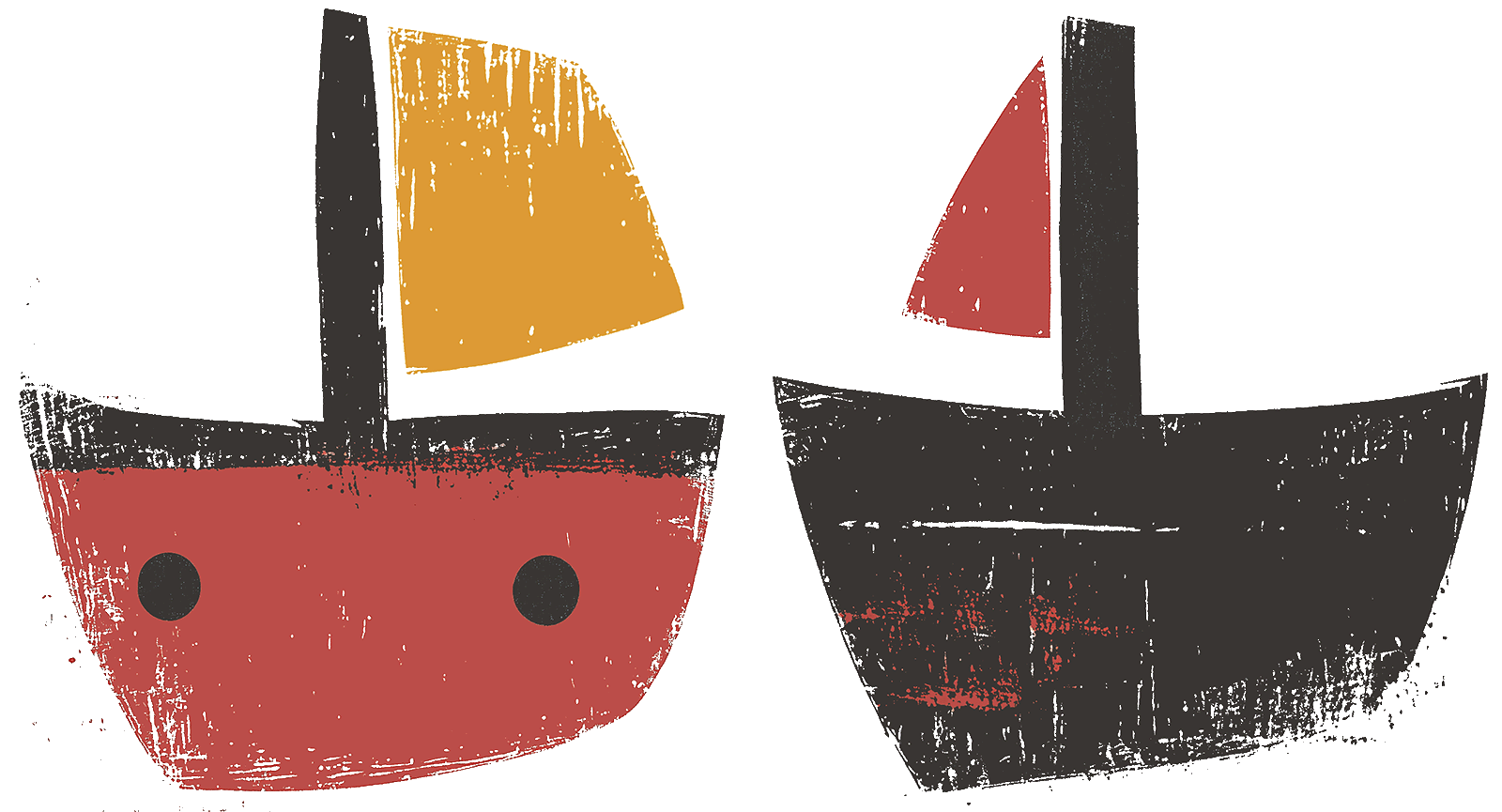Taking a thematic approach
Why themes might be the best place to start your information architecture

There are many ways to organise your bookshelves: alphabetical by author, by size, by the colour of the spine, by whether you want it to appear behind your head on a video call…
Web content is much the same. You can sort it by content type: events, news stories, reports. Or you can take an egocentric approach and have sections called About us, What we do and Contact us. This has the benefit of familiarity, but it says little about what you offer to people.
Often, the best primary mode for organising your content is neither of these, but instead a thematic approach. Starting with themes takes less notice of your organisation’s structures and ways of working, and concentrates on what your users are interested in.
When you’re inside an organisation looking out, it’s easy for your worldview to be shaped by internal think. It’s easy to forget that to people outside your walls, the world may look very different.
Internal thinking
Internal thinking is not only visible in information architecture. It often rears its head in organisational jargon and acronyms; in proper names for projects, products and services; and in long-winded Our story pages.
People beyond the boundaries of your organisation almost certainly care less about the organisation itself than the people inside assume they do. They probably don’t understand the proper names invented for your services. They may not care as much as you do about the distinction between your content types.
Audience-centricity
Seeing, and sorting, your content through the eyes of your users is not just about having tidier shelves making things easier to find. It shows you to be an organisation that cares about people; an organisation that’s focused on the needs of its audience; a generous, empathetic organisation that isn’t too caught up in itself. An organisation that’s willing to meet its users where they are, to consider their mental models and align with those is an organisation that’s more likely to be successful.
Being audience-centric means moving beyond a marketing mindset. A good website is more than a brochure.

Filling your navigation with things that you want to sell to your users creates a sense of an organisation that exists for its own purposes, not one that’s there to benefit its users. That doesn’t mean that you shouldn’t encourage people to donate, to use your services and to buy your products, just that using your website to advertise at people is often not a good way to do that.
A good website is a valuable product in and of itself. It provides content that users find useful and interesting and organises that content in ways that make sense to them. For most organisations that’s likely to be something more akin to a domain model than an organogram.
Reorganising your content around the priorities of your users can even help to break down internal silos. When an integrated user experience is a shared organisational aim, it becomes easier to work across teams to enhance that experience.
So, working together with CharityComms, that’s what we decided to do for their new website.
In with the new
The CharityComms website used to be structured in a way that reflected the inner workings of the organisation.
This worked fine if you knew that you wanted to go to an event, and wanted to see what was available. Or if you knew that you wanted to read the latest top tips across all topics, or the latest reports, or the latest thought pieces.
But charity communicators are an increasingly specialised bunch of people. And if your role is in digital, the chances are you’re mainly interested in digital – you want to see digital events you can go to, things you can read about digital, digital jobs you could apply for, all in one place.
Talking to CharityComms members, they confirmed our thinking that a theme-based primary navigation would be a much more useful approach for them.
Changing to a theme-based approach is not just a technical challenge. It can be hard for people and teams to let go of content sections that they feel a sense of ownership over. But CharityComms staff were keen to have a more holistic approach: one that will allow them to better showcase the breadth of things they do, in a joined-up way.
We helped CharityComms run a thorough content audit of what they had. We studied Analytics data to see what content people were visiting. We ran workshops where we mapped the CharityComms offer to users’ mental models – how they think about the sector based on their perspectives and experiences. We helped to create a new user-centred taxonomy of themes. We created a prototype of the new site and tested it with staff and users.
Moving to a theme-first, integrated approach creates a more intelligently woven CharityComms website. It will encourage people who have previously only been to events to explore other activities and content, and vice versa. And it can flex and adapt over time to the evolving priorities of charity communications.
Not (quite) out with the old
One of the many wonders of the web is that it’s non-linear and non-hierarchical: unlike with bookshelves, you can simultaneously have more than one way of grouping and sorting your content. So on the CharityComms website, if you want to see all of the events or all of the services in one place, you can also browse that way.
Along with other exciting improvements to the website – a cleaner design, better typography, more content-driven layouts – we’ve put the thematic areas of work that members care about front and centre. We hope it will create a more useful, integrated experience of all the great things that the organisation has to offer.
This article first appeared on the CharityComms website.